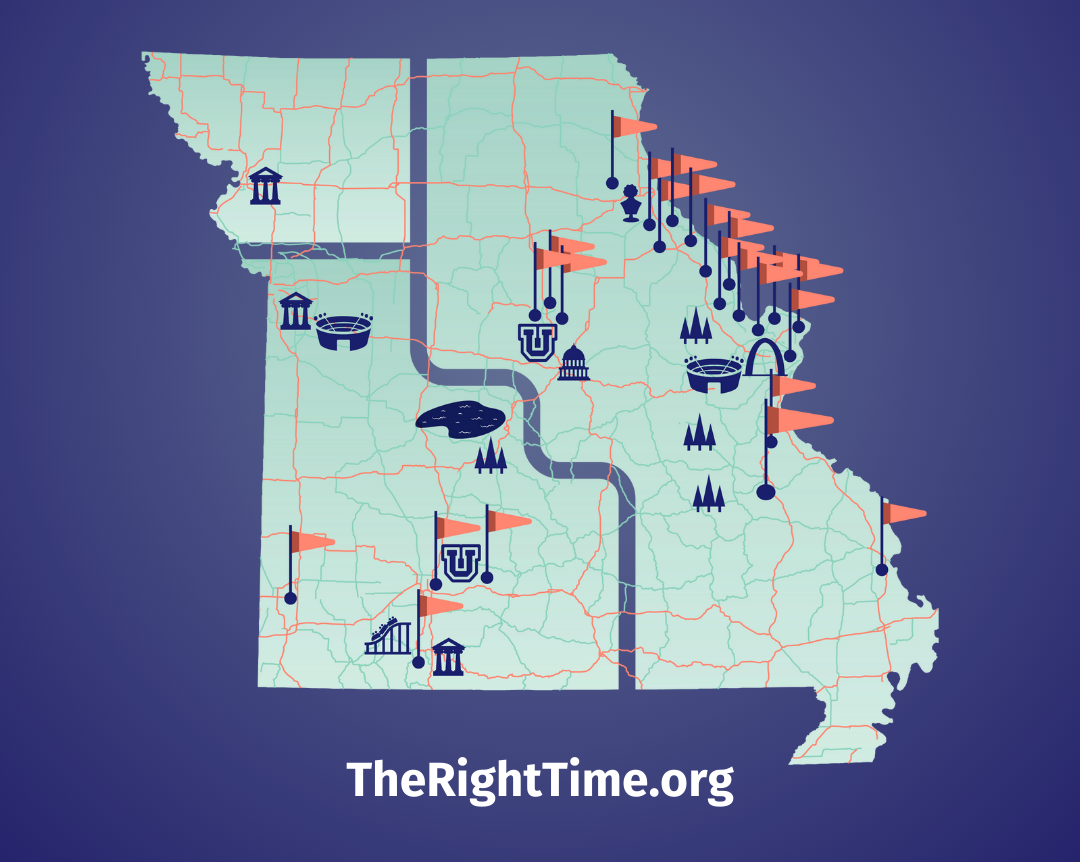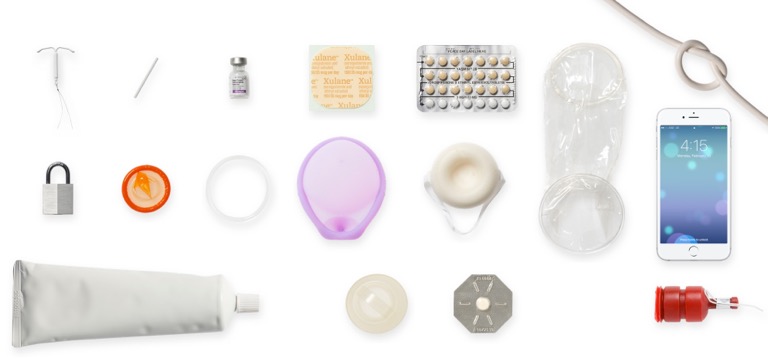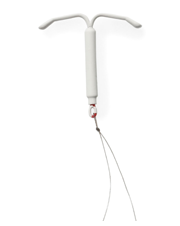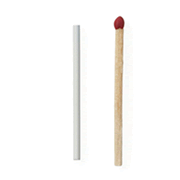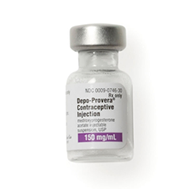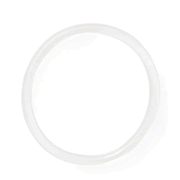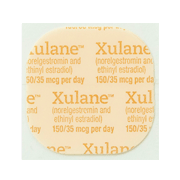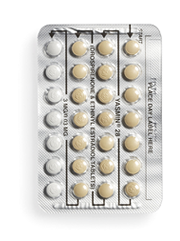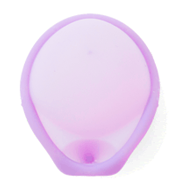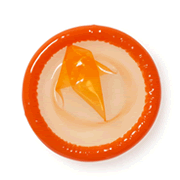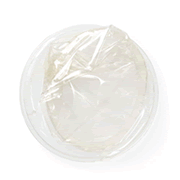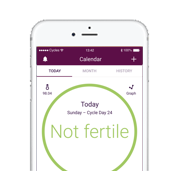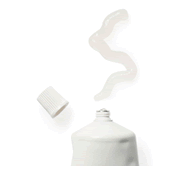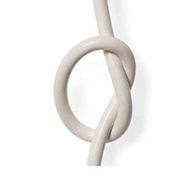How Do You Calculate Your Cycle’s Length?

Generally speaking, most menstrual cycles take place over 28 days, but for some people, shorter or longer cycles can also be normal.
When talking to your health care provider about birth control, they may ask you how long your cycle is (or how often you get your period). Generally speaking, most menstrual cycles take place over 28 days, but for some people, shorter or longer cycles can also be normal. Read on to learn how to calculate your cycle’s length.
The menstrual cycle refers to “the sequence of events that occur in the body as it prepares for the possibility of pregnancy each month.” The actual cycle itself is the length of time from the first day of your period until the first day of your next menstrual period – and hormones are responsible for all of the different phases, which include:
- The menstrual phase: this is the first part of the menstrual cycle, and it starts on the first day of a period (or the first day of bleeding). This occurs because fertilization (or pregnancy) hasn’t occurred, so the uterine lining sheds out through the vagina. This phase can last for three to five days.
- The follicular phase: like the menstrual phase, this phase begins on the first day of bleeding, but ends at ovulation. In this phase, follicle-stimulating hormone causes ovarian follicles to mature (which they have to do before they can be released during ovulation), and estrogen levels rise, which triggers the endometrial lining of the uterus to grow back. This phase can last between 13 and 14 days.
- Ovulation: the follicular phase ends when ovulation occurs. This takes place around day 14 of a 28 day cycle, when an increase in lutenizing hormone causes the ovary to release an egg.
- The luteal phase: this phase lasts about two weeks, from day 15 to day 28. During this time, the egg that was released (ovulation) starts to travel through the fallopian tubes, making its way towards the uterus. The level of progesterone (another hormone) increases to prepare for implantation (when an egg attaches to the endometrial lining of the uterus). If the egg is fertilized by sperm and implants in the uterus, a pregnancy occurs. If fertilization doesn’t occur, then estrogen and progesterone levels fall, causing another period when the uterine lining sheds once again.
To calculate your cycle: mark the first day of your next period as day one. Then, count the number of days between the beginning of that period and the first day of the following period, and that’s the number of days in your cycle. Ta-da!
If you have any specific questions about your menstrual cycle, or how contraception can help you control it, make an appointment to talk to a provider at your nearest The Right Time health center.
Related Content

Article
January is Cervical Cancer Awareness Month: What to Know About HPV and ScreeningA positive HPV test can feel scary, but healthcare providers at your nearest The Right Time clinic can help.

Article
Own Your Well-Being in 2026 with These 3 Sexual Health ResolutionsFirst: prioritize preventative sexual and reproductive health care.

Article
Birth Control & Your Period: What to ExpectBirth control often changes your period, and that’s normal and safe.
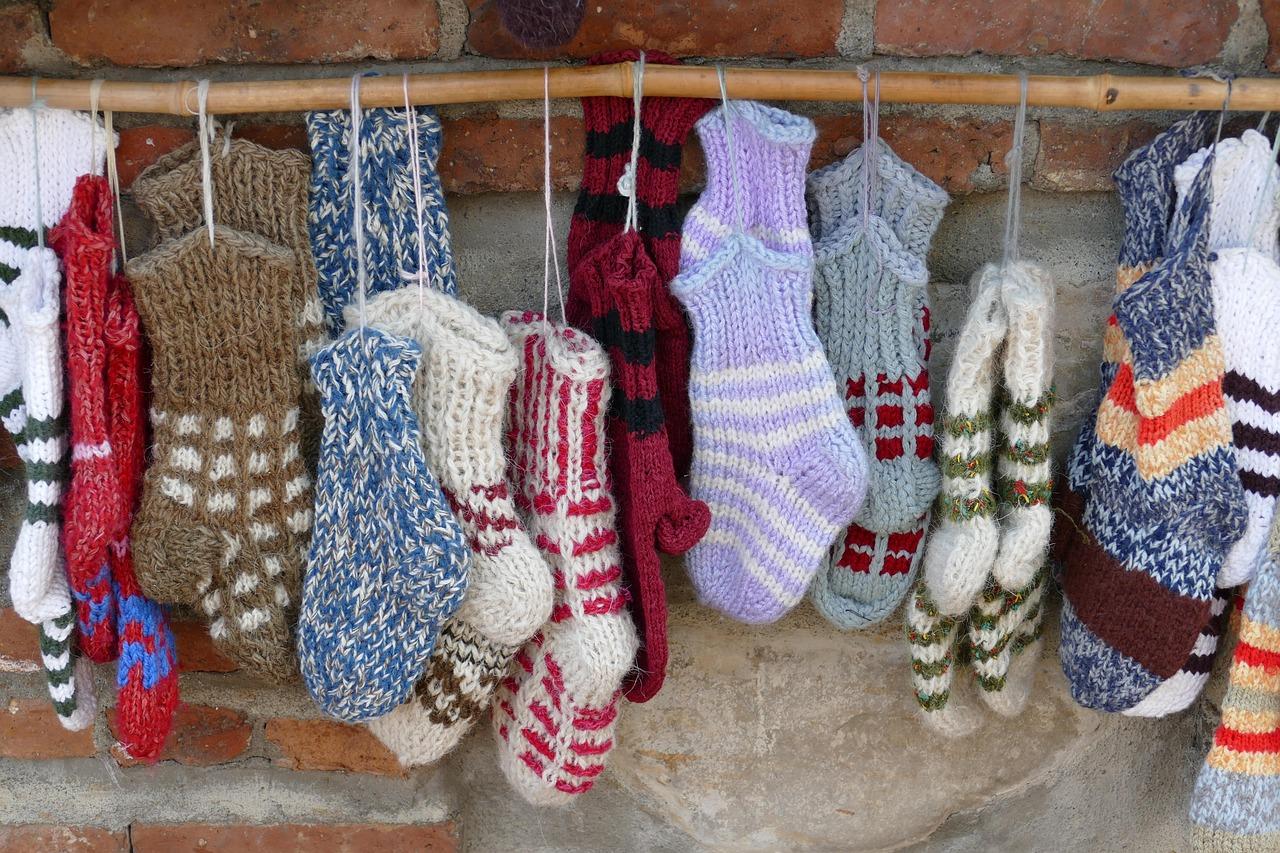
Article
Handling the “When Are You Having Kids?” Question Around the HolidaysRemember: your timeline is yours.

